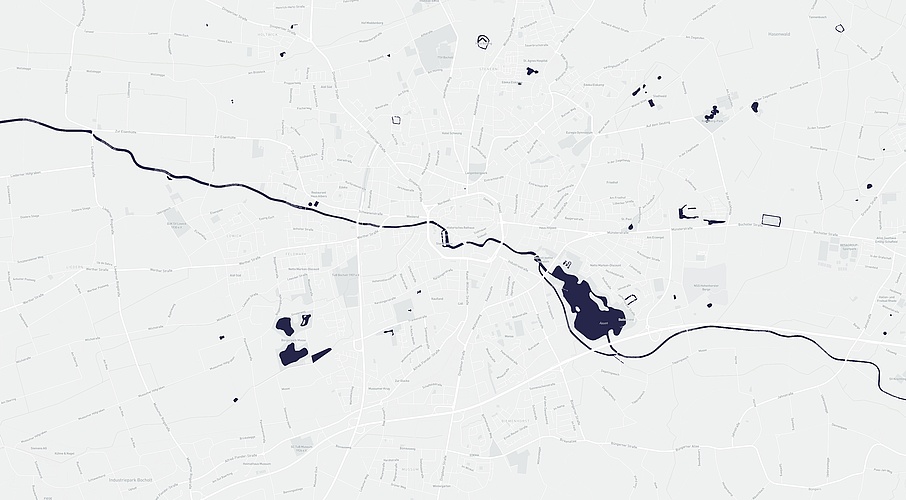
News article:
BETTER DENTAL HEALTH THANKS TO THE IMPLANTSAFE CENTER! KLEINSMAN VARZIDEH
„A recent review study shows that about 25% of all implants show peri-implantitis after only 9 years and that about 70% of all implant patients suffer from inflammation and incipient bone loss around their implants, most of which go unnoticed.“ – German Oral Health Foundation
Gum disease and implant inflammation are serious oral problems that are often detected too late. Pain, swelling and redness are indications, but often these inflammations are initially asymptomatic. Without timely treatment, they can lead to the loss or loosening of implants.
The ImplantSafe Center has innovative methods to protect your dental health
With PerioSafe Pro DRS and ImplantSafe DR, the oral cavity and implants are examined preventively.
ImplantSafe DR
This procedure detects implant inflammation through a saliva test up to 24 months before any damage can occur. The prediction accuracy is 94%, enabling early diagnosis. If the aMMP-8 enzyme level is above 20 ng/ml, it can be concluded that collagen destruction is present. This is also called active periodontal degeneration (APD). Preventive measures can be taken at an early stage by means of the saliva test.
PerioSafe Pro DRS
Compared to conventional methods, the PerioSafe method can detect gum inflammation such as periodontitis up to 250-300% more accurately. Also with this method, the aMMP-8 value can be determined by means of a saliva sample. An aMMP-8 level above 10 ng/ml indicates the onset of collagen destruction. This enables early treatment that keeps the damage caused by inflammation as low as possible.
Early diagnosis allows for targeted treatments and prophylactic measures. Studies show that ImplantSafe can significantly reduce inflammation and stop or slow down periodontitis.
Would you like to learn more about these innovative procedures? If so, you can find out more about this topic here or contact us by telephone, in writing by email, via our contact form or by visiting us in our practice!

